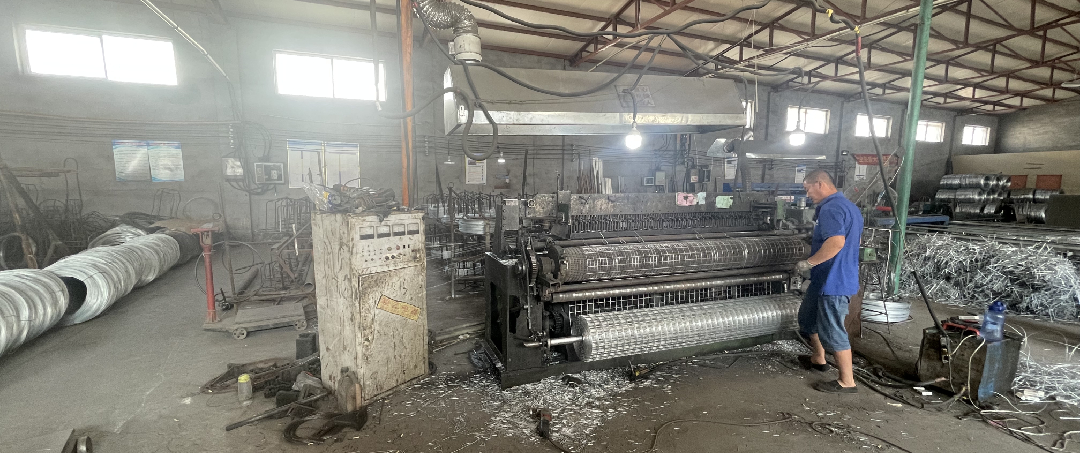standard barbed wire
Understanding Standard Barbed Wire An Overview
Barbed wire, a pivotal innovation of the 19th century, has played a significant role in shaping the landscape of agriculture, security, and property management. Standard barbed wire consists of a series of sharp barbs or spikes positioned at regular intervals along a strand of wire, which serves as a deterrent to keep livestock contained and protect properties from intruders.
The development of barbed wire can be traced back to the late 1860s when Joseph Glidden patented the design that most closely resembles what we see today. This invention revolutionized the agricultural industry by providing farmers with an effective and low-cost fencing solution, which was essential as farms expanded across the American plains. Before the advent of barbed wire, fencing options were either prohibitively expensive or insufficient for keeping cattle and other livestock contained within their pastures.
Standard barbed wire is typically made of galvanized steel, which enhances its durability and resistance to rust and corrosion. The wire is twisted together to create strands that can withstand tension, ensuring the fence remains intact and functional over time. The standard spacing of barbs usually measures between 4 to 5 inches apart, a distance carefully chosen to inflict discomfort on animals or deter would-be trespassers without causing excessive harm.
standard barbed wire

In addition to its agricultural uses, standard barbed wire has cultural and historical significance
. It has become an iconic symbol in American history, often associated with the settlement of the Wild West and the fencing of open ranges, transforming landscapes and communities alike. Today, it is still widely used across various sectors, including military installations, correctional facilities, and borders, reinforcing the notion of security and exclusion.Barbed wire fencing is not without its challenges and controversies. While it serves practical purposes, there are concerns regarding its impact on wildlife. Animals can become entangled in the wire, leading to injury or death, and this has sparked discussions about the ethical implications of using such fencing in natural habitats. Efforts have been made to create wildlife-friendly alternatives that reduce the risk to animals while maintaining the barrier function.
In conclusion, standard barbed wire remains an essential tool in modern society, reflecting ingenuity and practicality. While it has proven to be indispensable in maintaining safety and order on farms and properties, it is crucial to balance these benefits with the preservation of wildlife and natural ecosystems. As our understanding of these dynamics evolves, so too will the methods and materials we use in fencing, ensuring that we proceed with both innovation and responsibility.
-
Why Choose a Wire Mesh Fence for Your PropertyNewsApr.09,2025
-
The Versatility and Strength of Wire MeshNewsApr.09,2025
-
The Strength and Durability of Galvanized WireNewsApr.09,2025
-
The Essential Guide to Iron NailsNewsApr.09,2025
-
The Benefits of Welded Wire Mesh PanelNewsApr.09,2025
-
Reliable Roofing Solutions with Roofing NailsNewsApr.09,2025




